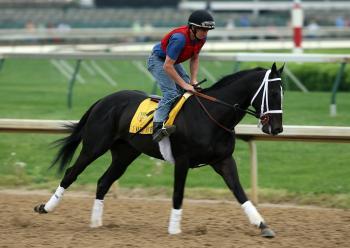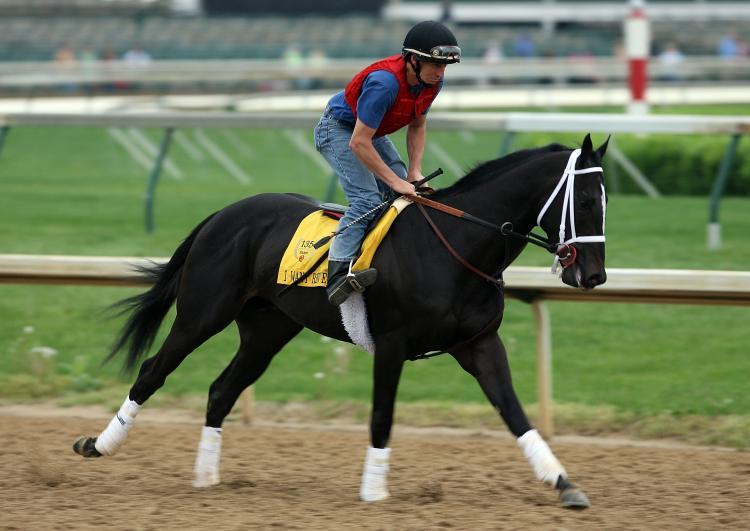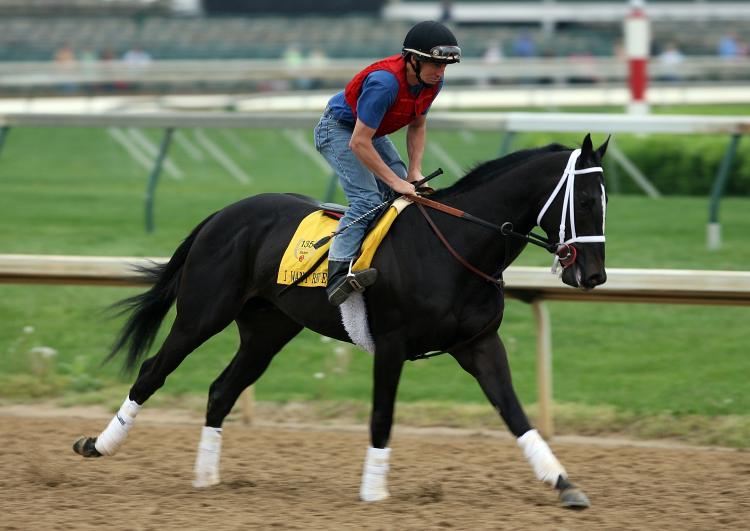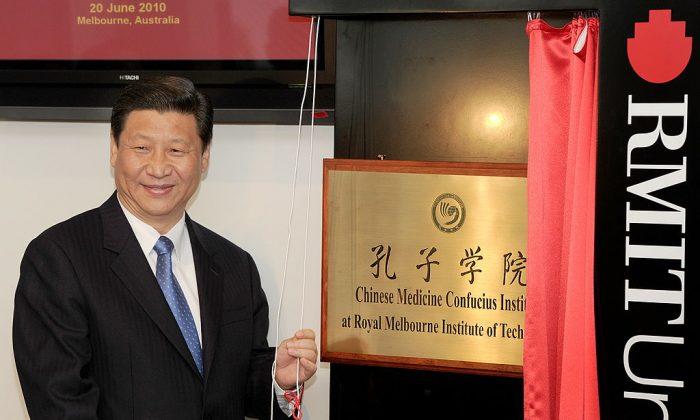The news media is always filled with horse stories prior to the “Run for the Roses” at Churchill Downs in Kentucky. This year’s coverage is perhaps quieter without Big Brown, but the field for the 135th running of the Kentucky Derby is filled with prime equine athletes.
However, did you know that without the Arabian and Turkish horse the thoroughbred race horse we know today would not exist?
The thoroughbred breed originated in England in the 17th century: the crossbreeding of the light and agile Arabian and Turkish stallions with the best riding and cob mares. These stallions are the foundation sires for all thoroughbreds—the Darley Arabian, the Godolphin Arabian, and the Byerly Turk.
The three sires are named after their respective owners—Thomas Darley, Lord Godolphin, and Captain Robert Byerly. Historically the English had several different types of horses for use; they used the heavier horses for the knights in armor, a more medium built horse for long distance, and a lighter type for the Ladies of the Court and riding in the parks.
The first breeding started with Captain Byerly and his Turkish stallion in 1690, followed in 1704 with Thomas Darley who shipped over the horse who came to be known as the Darley Arabian. Lord Goldolphin started his horse’s bloodline in 1728.
It is interesting to note that 90 percent of all race horses trace back to the Darley Arabian through his son Eclipse.
Arabian Roots
While the thoroughbreds have been around for 250 years, the Arabian horse goes back much farther and is rooted in a breeding program more strict than the Jockey Club. The bloodline of the Arabian horse has been passed on for roughly 4,500 years, starting with an oral tradition.
The best of the best Arabian’s were called Asil, which means pure. The stallions were thought to be too intractable for war horses so they were either culled or sold.
The bloodlines were traced through the mares, who were also the war horses, because they were considered more brave and consistent. Once a mare was crossbred to another breed, she and her offspring for all time were no longer Asil, but contaminated.
The Jockey Club has a rule which doesn’t allow for bringing into the studbook outcrosses to improve the breed and keep them from stagnating from too much inbreeding. Yet the Arabian is the reason the thoroughbreds exist.
Mythical Creatures
One creation myth about the Arabian horse puts its origin in the time of Ishmael, the son of Abraham.
The Angel Gabriel descended from Heaven and awakened Ishmael with a “wind-spout” that whirled toward him.
The Angel then commanded the thundercloud to stop scattering dust and rain, and so it gathered itself into a prancing, handsome creature—a horse—that seemed to swallow up the ground. Hence, the Bedouins bestowed the title “Drinker of the Wind” to the first Arabian horse.
A Bedouin myth states that Allah created the Arabian horse from the four winds—spirit from the North, strength from the South, speed from the East, and intelligence from the West.
While doing so, he exclaimed, “I create thee, Oh Arabian. To thy forelock, I bind Victory in battle. On thy back, I set a rich spoil and a Treasure in thy loins. I establish thee as one of the Glories of the Earth... I give thee flight without wings.”
Another version of the story claims Allah said to the South Wind: “I want to make a creature out of you. Condense.” Then from the material condensed from the wind, he made a kamayt-colored animal (a bay or burnt chestnut) and said: “I call you Horse; I make you Arabian and I give you the chestnut color of the ant; I have hung happiness from the forelock which hangs between your eyes; you shall be the Lord of the other animals. Men shall follow you wherever you go; you shall be as good for flight as for pursuit; you shall fly without wings; riches shall be on your back and fortune shall come through your meditation.”
The crossing of these swift, agile Middle Eastern horses with the English mares produced speed, stamina, and agility. Races like the Kentucky Derby are what the thoroughbred is most often associated with.
Although they make fine jumpers, eventers, hunters, and even reining horses, the aristocratic bloodlines of war mares who mothered the stallions produced the deep hearts in them.
All and all, it’s a fitting start for the thoroughbreds on May 2nd—having been bred from the “Drinkers of the Wind” to “Swallow up the Ground”—with the 135th running of the Derby and it’s 2 million dollar purse.







Friends Read Free